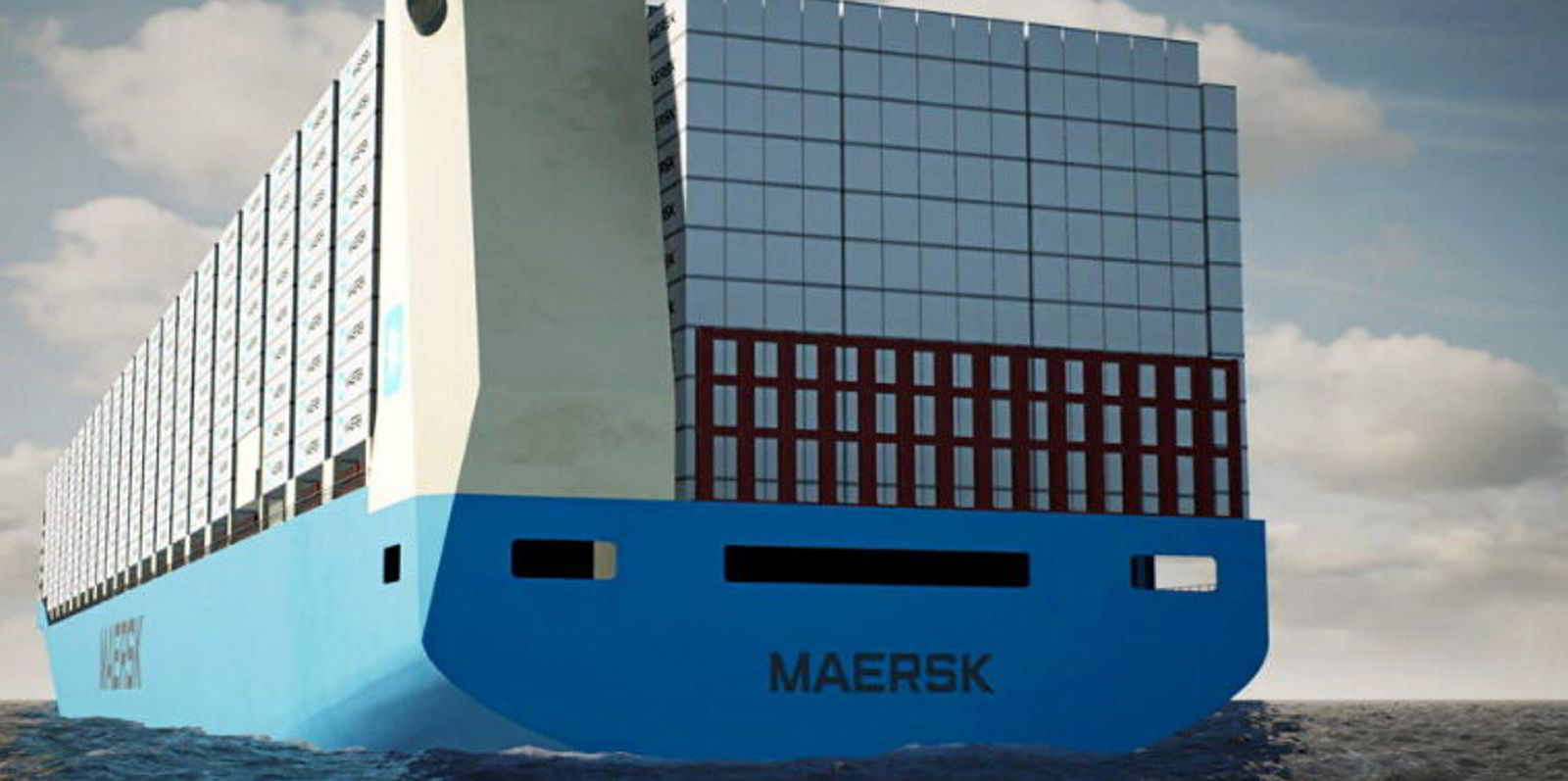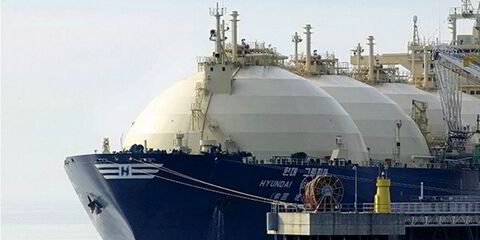The container orderbook has reached a new record, surpassing its previous peak at a time of dwindling demand.
That means tonnage supply could outstrip vessel demand next year and the liner shipping market might be headed towards structural overcapacity, say analysts.
Orders continue to be placed despite the cooling market, taking the orderbook tally to over 7m teu, according to Alphaliner.
That surpasses the former record of 6.6m teu in 2008.
The bonanza had pushed the global orderbook-to-fleet ratio to just under 30% by late September.
That pales compared with the crazy 60% of 2009, but it is significantly up from a low of about 9% some two years ago, said Alphaliner.
But the orderbook has continued to creep up since mid-year, despite weakening sentiment.
Orders placed by liner giant AP Moller-Maersk for a further six methanol-fuelled 16,000-teu container ships add to the tally.
This could climb further with pending orders from Mediterranean Shipping Co, Yang Ming Marine Transport and Cosco Shipping Holdings.
Alphaliner also lists mainline newcomer Transfar Shipping as preparing orders for five methanol-powered 8,000-teu ships.
“The jury is still out on whether the market can or cannot absorb this,” the analyst said.
No more capacity shortage
The growing orderbook comes as pillars that have sustained high freight rates, such as port congestion, are starting to erode.
Congestion has halved since the start of the year, as more vessels have become available, according to Sea-Intelligence (SeaIntel).
On current trends, the Danish analyst expects the market to be back at the “normal” 2% of unavailable capacity by early 2023.

At the same time, demand continues to be in negative territory, with global demand measured in teu miles showing a decline of -3.2% for the first seven months of the year, compared to the same period last year.
Lars Jensen, chief executive of Vespucci Marine, writes: “Hence from a fundamental global supply/demand perspective, there is no longer a fleet capacity shortage and the balance is poised to worsen further.
“This means there is no fundamental support to revert back to the high rates of the last two years, but also that there is no structural support to halt the current rate decline.”
Such factors mean that huge numbers of new large container ships are poised to hit the water in 2023 at a time of stagnating demand.
‘Spectre of overcapacity’
Next year and 2024 will therefore see record deliveries of newbuilding container tonnage, which the market could struggle to absorb, Alphaliner warned.
Nearly 2.4m teu is due to be delivered in 2023, compared with 1.1m teu in the same period last year. A further 2.8m teu is expected to hit the water in 2024.
“The huge influx of newbuilding capacities ... is clearly raising the spectre of overcapacity, especially against a backdrop of subdued demand,” the analyst said.
There remain questions over how the new carbon legislation to be introduced by the International Maritime Organization will affect vessel capacity.
Speed penalties incurred might require some ships to slow steam, which would increase demand for vessels.
“Chances are, however, that the sheer size of the container ship orderbook will more than outweigh these effects, at least in the near term of 2023 and 2024,” Alphaliner said.
Demolition release
“Demolition will be the only way to mitigate the risks of oversupply, although it is unlikely that the quantity of ‘scrappable’ ships will be enough to offset the supply and demand imbalance.
“Most certainly, younger vessels will likely need to be torched too, to alleviate the pain.”
So far this year, just one 32-year-old container ship has been demolished.
The 1,248-teu Mathu Bhum (built 1990) was sold for demolition this month by Thai-listed Regional Container Lines.
Meanwhile, both freight and charter rates this week continue their staggering decline.
The Freightos Baltic Global index fell 29% to $4,056 per 40-foot equivalent unit container in September, as global demand slows and peak season failed to materialise in its typical time frame, writes Judah Levine of Freightos.
The rate is 61% lower than its level a year ago, although still 170% higher than the pre-pandemic norm.
Similarly, charter rates continue to drop, and have now halved in the past 12 months.
The New ConTex charter rate index was down to 1,545 on 4 October, from 3,204 in the same week last year.






